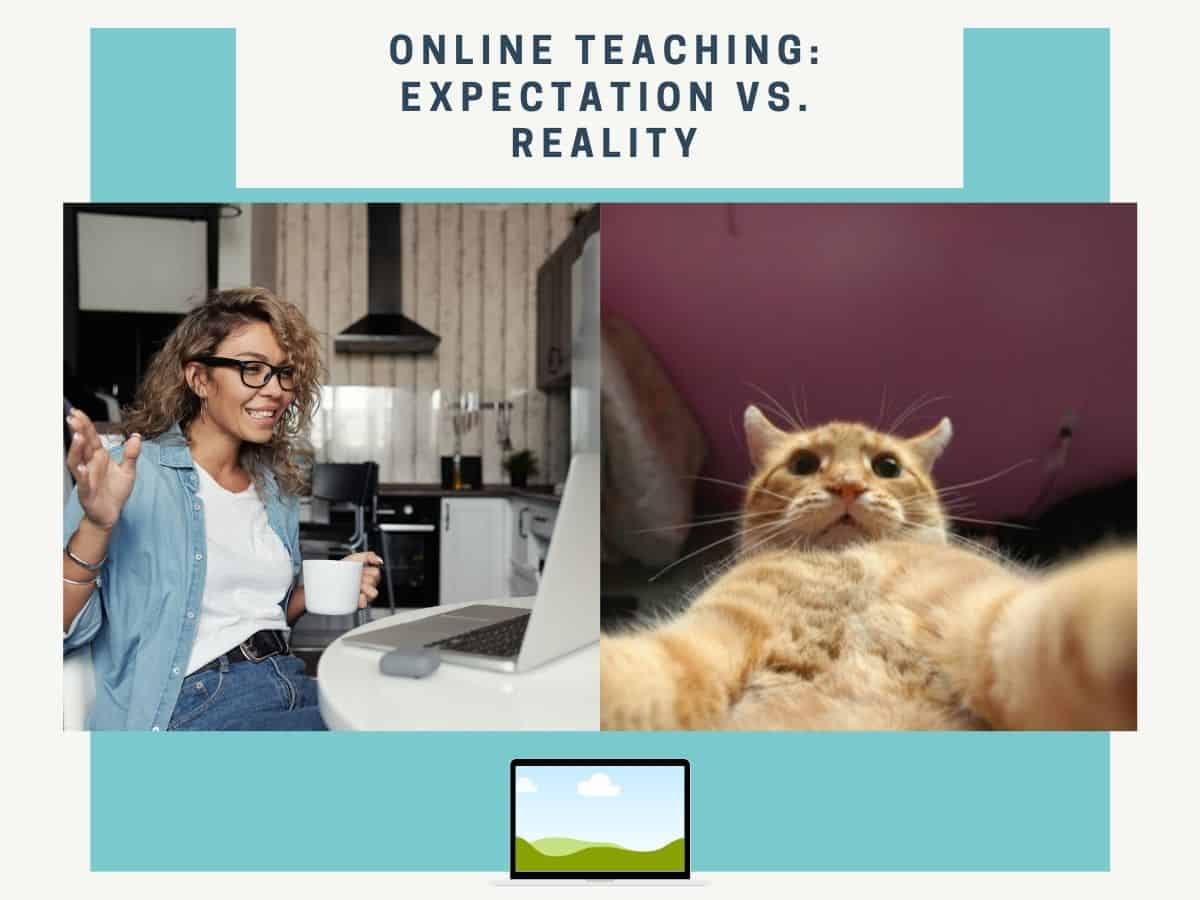It may seem straightforward, but one of the most perplexing pieces of going back to school for many school districts will be how to measure attendance and participation. The in-person classroom experience has largely been standardized by most districts to include a simple way of determining what counts as “attending” a class, and how much participation in class is included in the final grade, along with what counts as participating. However, we are now in uncharted waters, and the move to online and hybrid learning has left schools scrambling to redefine what to look for, how to measure, and how to enforce attendance.
I’ve been involved in discussions between middle school teachers planning for the upcoming school year at a k-8 school (I’ll call Maryhill), and from this will present a few of the discussion points, challenges, and solutions presented during the meetings.
What is Attendance? What is Participation?
The simple question that is currently plaguing Maryill is “What is Attendance?”. This is where we have to start. Unfortunately, upon reflection, this is a much more complicated question. Maryhill first had to determine the difference between Attendance and Participation. Attendance, it was decided, is the simple act of being online, while participation meant class discussion and turning in homework on time.
But wait! What if a student comes to the online class, but leaves their camera off, and never participates? Have they “attended” the class? What if they do this, but still turn in their homework on time? In this scenario Maryhill decided on a two-part method of determining attendance:
- A student must be online and seen on camera for each class (unless on break)
- A student must turn in a majority of assignments for classes for that day
What, then, determines “Participation”? We tried to understand better what kinds of methods of participation students can have in a classroom. Maryhill broke down participation into two categories: In-class participation and Assignment Participation. In this way assignments became both a method of determining attendance as well as participation. Again, Maryhill decided on a two-part method of determining student participation:
- Students earn participation points for each class period as a part of a final grade
- Students earn participation points simple for turning in assignments on time regardless of the grade of those assignments as long as they meet the minimum qualifications.
Challenges and Ongoing Questions.
To the keen observer there are obviously challenges with this setup. Maryhill has done a good job of trying to balance the need to engagement along with trying to be sensitive to student needs, but there are going to be shortcomings and compromises no matter what the setup.
- This setup creates equity challenges
- Maryhill is a private Catholic school which prides itself on equity and a diverse student population. Uniforms are touted as a method of “equalizing” students who otherwise may not be able to afford nice clothing. What happens then, when we are invited to peer into those same students’ homes? However, allowing those students to turn off cameras would create attendance and participation measurement challenges. Students may be embarrassed of their living situation, especially in front of their peers. To address this challenge Maryhill suggests implementing a standardized digital background.
- Who keeps track of attendance?
- This is an administrative question, but a challenge, nonetheless. Previously attendance has been straightforward, with teachers taking it each class, and turning in attendance at the end of the day, along with alerting the office if a student isn’t present. However, in this context teachers at Maryhill are sometimes co-teaching, and cohorts of students move around from one group to another. If a student doesn’t show up for one class because of technical issues, how would the next teacher know this? To try and address this situation, Maryhill created a living Google Document in which they could all see attendance, and make notes for each other regarding vacation or technical issues that relate to students being online.
Maryhill has created a system wherein students are held accountable for their own learning, which can be a challenge for younger students. This is just one solution out of many schools out of many school districts. Some schools have been purposefully more lenient in their application of online attendance. I may revisit this question later on in the year and see how taking attendance has developed throughout the schoolyear. Like all things with online learning, this will change and evolve as both teachers and students get used to the new mode of education. But this is just one example of the new challenges of online education.





